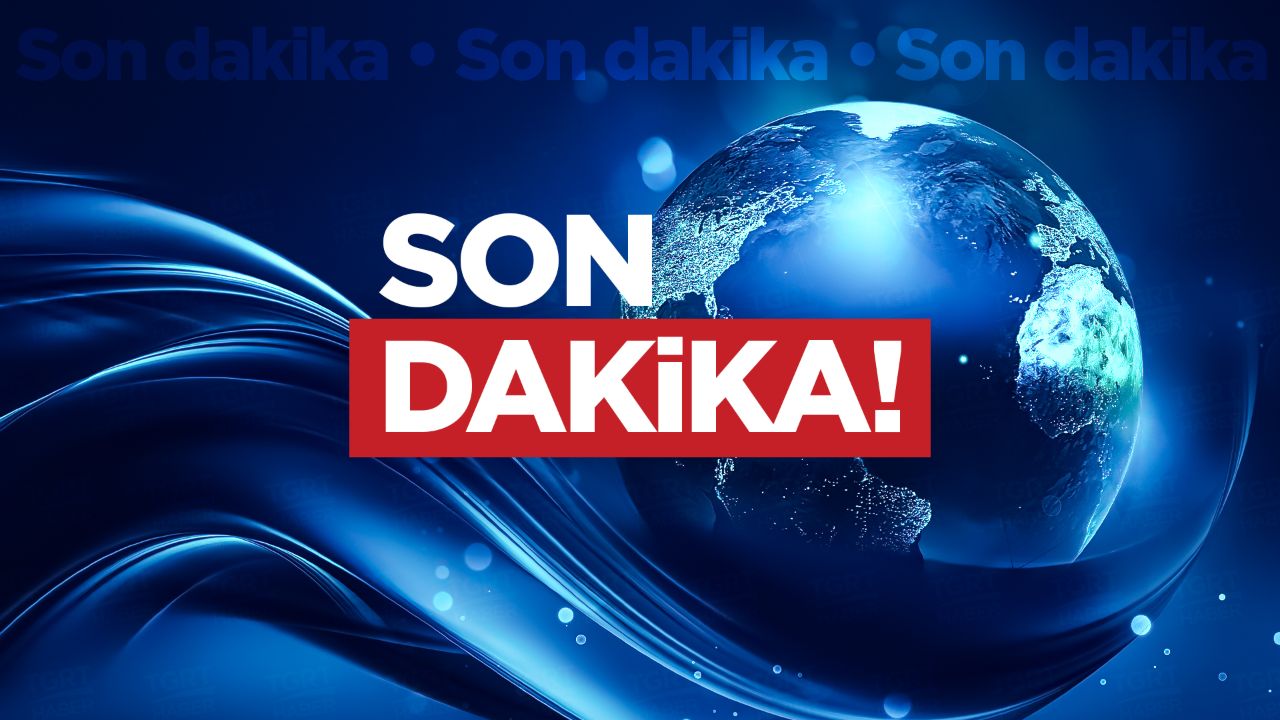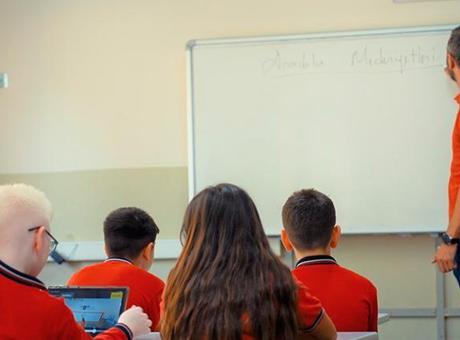The Download: bird flu, and waterless concrete for the moon

This is today’s edition of The Download, our weekday newsletter that provides a daily dose of what’s going on in the world of technology.
The risk of a bird flu pandemic is rising
How worried should we be about bird flu? The past few months have seen some potentially worrisome developments in the US, including the continued spread of the virus among dairy cattle, the detection of the virus in a pig as well as cow’s milk, and—most concerning of all—the growing number of human infections.
We don’t yet have any evidence that the virus is spreading between people, but the risk of a potential pandemic has increased since MIT Technology Review last covered this topic a couple of months ago.
The good news is we are in a much better position to tackle any potential future flu outbreaks than we were to face covid-19 back in 2020, given that we already have vaccines. But, on the whole, it’s not looking great. Read the full story.
—Jessica Hamzelou
This story is from The Checkup, our weekly newsletter giving you the inside track on all things health and biotech. Sign up to receive it in your inbox every Thursday.
The moon is just the beginning for this waterless concrete
If NASA establishes a permanent presence on the moon, its astronauts’ homes could be made of a new 3D-printable, waterless concrete. Someday, so might yours. By accelerating the curing process for more rapid construction, this sulfur-based compound could become just as applicable on our home terrain as it is on lunar soil.
Traditional concrete requires large amounts of water, a commodity that will be in short supply on the moon, and sending just 1 kilogram of it to the moon costs roughly $1.2 million.
Instead, NASA hopes to create new materials from lunar soil and eventually adapt the same techniques for building on Mars. But creating the perfect waterless “lunarcrete” is easier said than done. Read the full story.
—Jenna Ahart
The must-reads
I’ve combed the internet to find you today’s most fun/important/scary/fascinating stories about technology.
1 Australia has banned under-16s from using social media
But the law is easily circumvented, and could create more problems than it solves. (WP $)
+ Unsurprisingly, the tech giants aren’t fans of the ruling. (Fortune)
+ Australians’ reactions to the news appear to be fairly mixed. (BBC)
2 US retailers are urging shoppers to buy before new tariffs kick in
It’s yet another marketing tactic to drive sales during the busiest time for shopping. (WSJ $)
+ Are you among the horde of this year’s Black Friday refuseniks? (FT $)
+ How Trump’s tariffs could drive up the cost of batteries, EVs, and more. (MIT Technology Review)
3 Canada is suing Google for ‘creating a monopoly’
The suit is following in the footsteps of the US government. (NYT $)
+ It’s joining calls for the colossal company to sell two pieces of marketing software. (WSJ $)
+ Google’s antitrust gut punch and the Trump wild card. (MIT Technology Review)
4 How China came to dominate the car export market
And spook the EU and US in the process. (NYT $)
+ Generous government subsidies also played a not insignificant part. (MIT Technology Review)
5 A UK politician says businesses should use robots over migrants
Automating tasks like fruit picking would reduce the UK’s net migration figures, he claims. (The Guardian)
+ Inside Japan’s long experiment in automating elder care. (MIT Technology Review)
6 North Korean hackers have stolen billions in crypto
The illicit currency is funneled into funding its nuclear weapons program. (TechCrunch)
7 America refuses to give up its dream of soldiers in exoskeletons
It’s been testing the suits for decades. Why haven’t they caught on? (Wired $)
+ This robotic exoskeleton can help runners sprint faster. (MIT Technology Review)
8 Is it really possible to get paid to do virtually nothing?
This Stanford thinks one in 10 engineers is doing exactly that. (404 Media)
+ Big Tech has become preoccupied with identifying and firing freeloaders. (Insider $)
9 GitHub can teach you to bake bread
Featuring flowcharts, tables, and timelines galore. (Ars Technica)
10 Here’s how a diamond is grown in a lab 
Can you tell the difference between them and the real deal? (WP $)
Quote of the day
“It is impossible to be a teen in most parts of the world without social media.”
—Stephen Scheeler, the former head of Facebook in Australia and New Zealand, tells Bloomberg about his doubts whether Australia’s new ban on social media for teenagers can truly be enforced.
The big story
Next slide, please: A brief history of the corporate presentation
August 2023
PowerPoint is everywhere. It’s used in religious sermons; by schoolchildren preparing book reports; at funerals and weddings. In 2010, Microsoft announced that PowerPoint was installed on more than a billion computers worldwide.
But before PowerPoint, 35-millimeter film slides were king. They were the only medium for the kinds of high-impact presentations given by CEOs and top brass at annual meetings for stockholders, employees, and salespeople.
Known in the business as “multi-image” shows, these presentations required a small army of producers, photographers, and live production staff to pull off. Read this story to delve into the fascinating, flashy history of corporate presentations.
—Claire L. Evans
We can still have nice things
A place for comfort, fun and distraction to brighten up your day. (Got any ideas? Drop me a line or skeet ’em at me.)
+ We’re witnessing a sandwich boom in the UK, and fillings are getting increasingly outlandish.
+ Now Thanksgiving is behind us, it’s time to look forward to Christmas: specifically Mariah Carey’s smash hit All I Want for Christmas is You 
+ The world’s oldest lizard has been recently uncovered in an unassuming quarry.
+ Is it really 25 years since Slipknot first freaked out the world with their masked antics?






